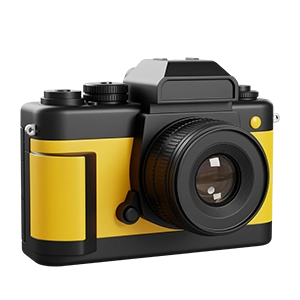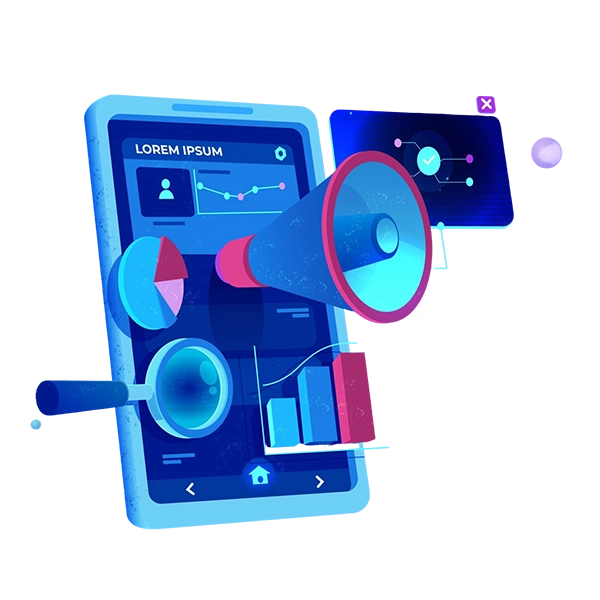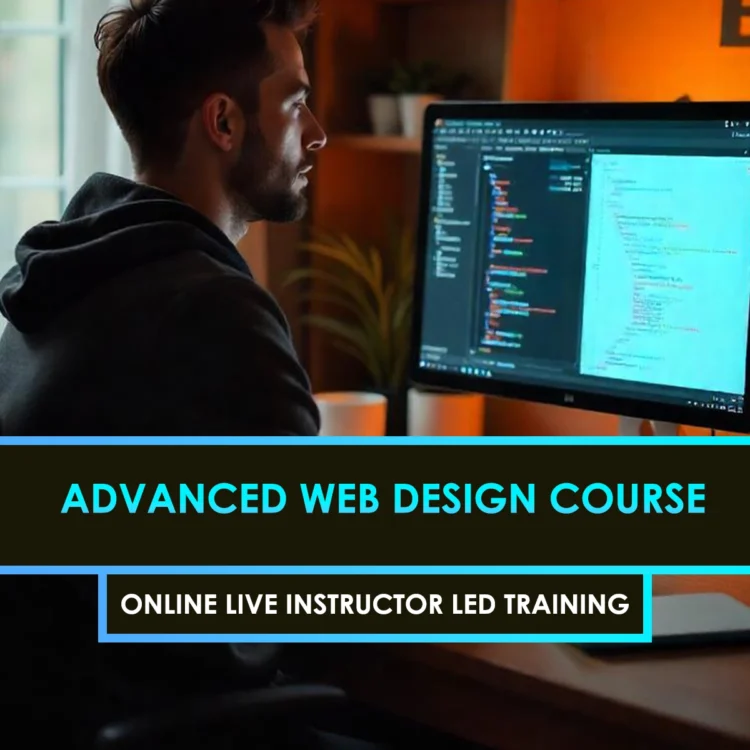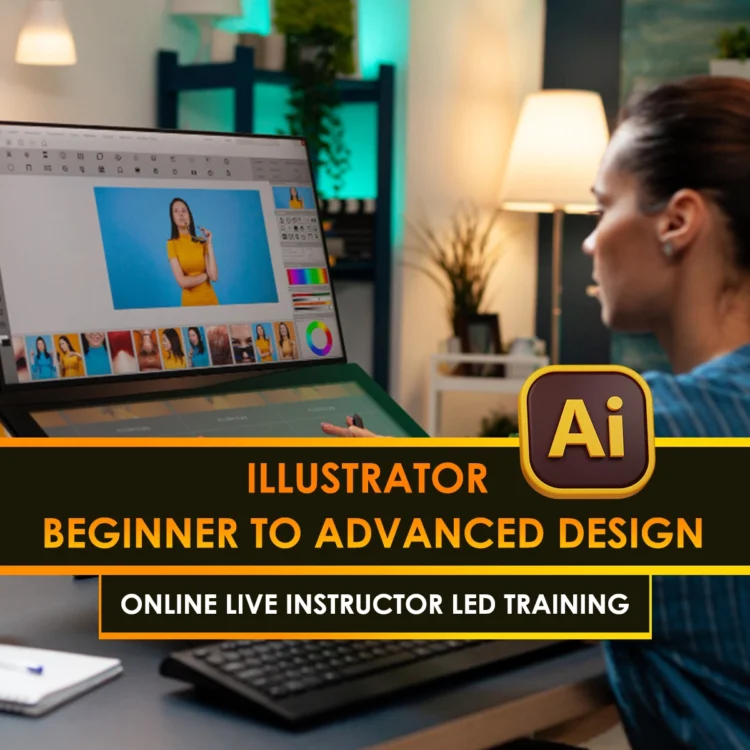Curriculum
- 9 Sections
- 35 Lessons
- 10 Weeks
- Introduction to Visual Design for MarketingGain an understanding of the key principles of visual design and how they apply to creating effective marketing materials, such as ads and banners, to capture attention and drive engagement.4
- Understanding Your Audience & BrandingLearn how to identify your target audience and align your ad and banner designs with your brand's identity, ensuring consistency in tone, style, and messaging across all marketing materials.4
- Designing Engaging Ads & BannersDiscover how to create attention-grabbing ads and banners by combining compelling headlines, strong calls-to-action, appealing visuals, and clear messaging that resonates with your target audience.4
- Digital Design Tools & SoftwareExplore popular design tools like Adobe Photoshop, Illustrator, and Canva, learning how to use them to create professional ads and banners with customizable templates, layers, and advanced features.4
- Layout & Composition for Ads & BannersLearn how to create balanced and visually appealing ad layouts by using grid systems, effective use of whitespace, and strategic placement of text and images for maximum impact.4
- Color Theory & Typography in Marketing DesignUnderstand how to use color psychology and effective typography to enhance your marketing visuals, ensuring they are visually appealing, readable, and aligned with your brand’s message.4
- Optimization for Different PlatformsLearn how to adapt and optimize your ads and banners for various platforms like social media, Google Ads, and mobile devices to ensure maximum engagement and performance.3
- Trends in Visual Design for MarketingExplore the latest design trends such as minimalism, bold typography, motion graphics, and interactive elements that are shaping the future of ads and banners in digital marketing.4
- Exporting and Publishing Your DesignsLearn how to export your designs in the right formats and sizes for optimal performance across various digital platforms and advertising channels.4





















